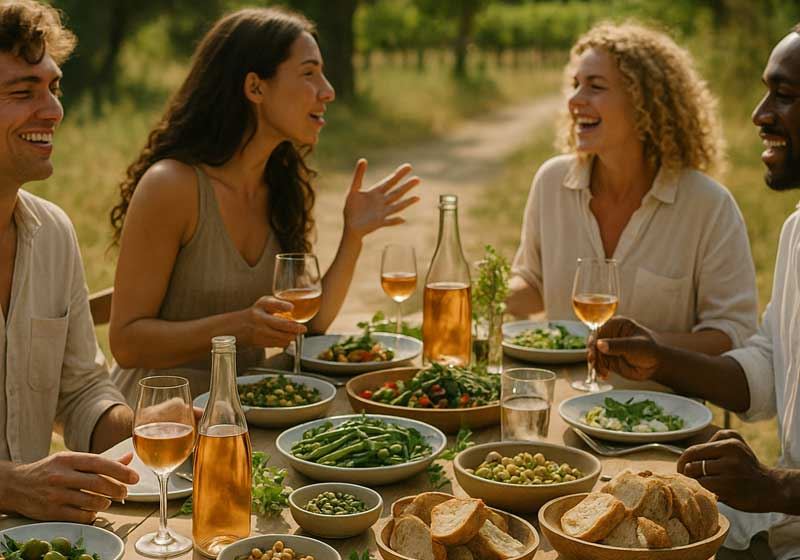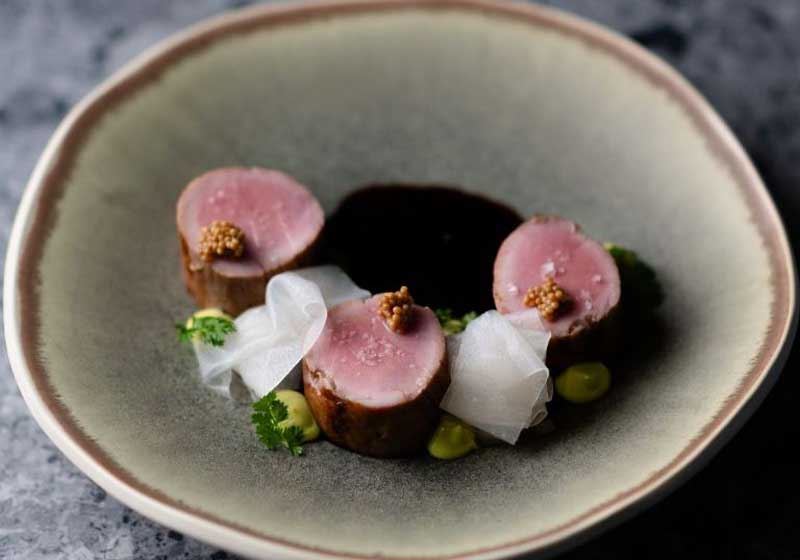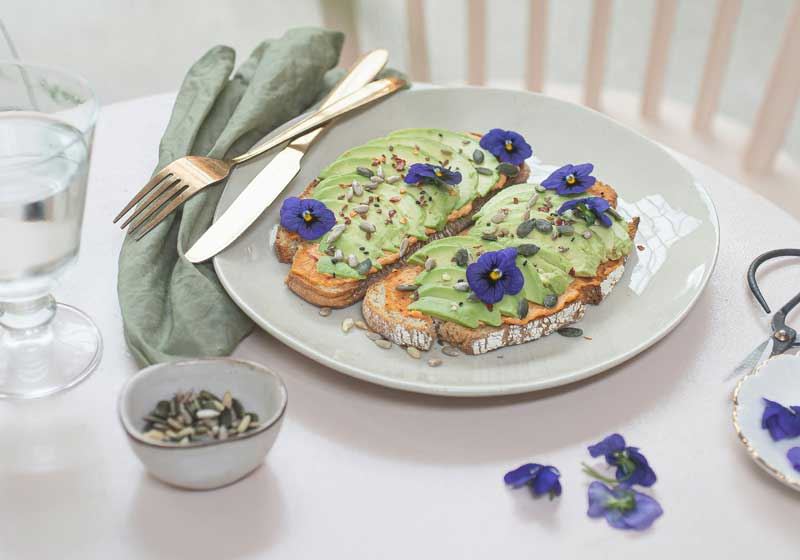By Laura Rancie.
As Winter blankets Europe in a shimmering white embrace, we take a look through a series of articles exploring how different countries throughout the world celebrate Christmas. Here we dive into Italy, Sweden and Germany as they come alive with enchanting Christmas traditions that extend beyond the twinkling lights and festive decorations. (Hot tip: you’ll want to keep reading to see what Germany does!)
ITALY:
In Southern Italy, if you say Christmas, they say famiglia! Christmas is a sacred holiday that is completely dedicated to families sharing not only food but love and it all starts on Christmas Eve. The Feast of the Seven Fishes, known as 'La Vigilia,' is just such a tradition.
Families gather for a seafood extravaganza featuring an array of dishes such as salted cod, shrimp, calamari and baccalà (dried, salted cod). The tradition harks back to the Roman Catholic practice of abstaining from meat on certain holidays, creating a seafood feast that has become synonymous with Italian Christmas celebrations. To offer a ‘Merry Christmas’ in Italy, you would say 'Buon Natale'.
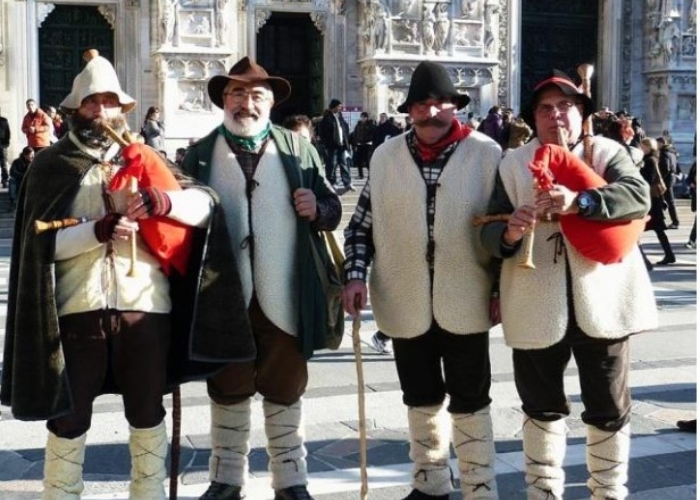
Further North in Rome it’s the zampognari you’d be wanting to find – bagpipe players dressed up as shepherds playing Christmas carols from house to house. They are not really bagpipes but piffero – an old Italian wind instrument, used just by shepherds.
This tradition dates back to around 1861 as a way for shepherds to collect donations during the festive season, where they would make their way down from the mountains where they lived, to the more bustling cities to play piffero.
SWEDEN:
In Sweden, 'god Jul' means Merry Christmas and all throughout the festive season the sweet spicy aroma of gingerbread can be smelled as households bake a unique ginger cookie known as pepparkakor. Families come together to roll out the spiced dough, cut it into intricate shapes and bake the cookies to perfection. The scent of ginger, cinnamon and cloves permeates the streets, creating a warm and inviting atmosphere encapsulating a subtle spirit of a Swedish Christmas.
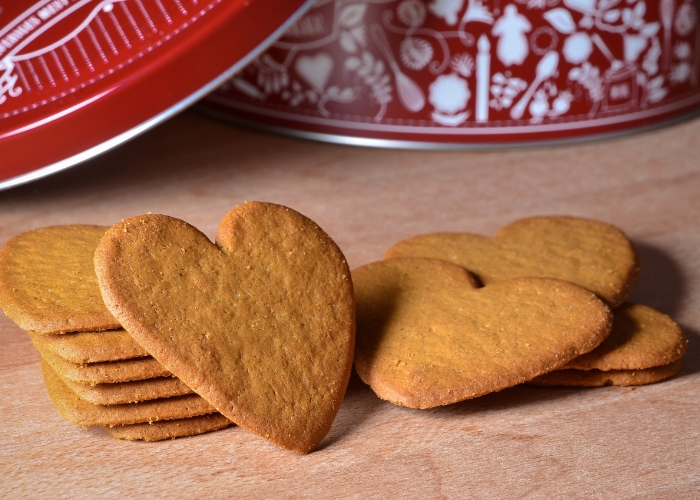
While the main event is celebrated on Christmas Eve, (unlike Australians celebrating on Christmas Day), Swedes will put out four candles on Advent Sunday which is four Sundays before Christmas. Each Sunday one of the candles is lit to highlight the countdown, usually while sipping on a mug of glögg (mulled wine) alongside pepparkakor.

GERMANY:
Venturing into Germany, the land of enchanting Christmas markets, we discover the tradition of christstollen, where the town of Dresden has done something quite spectacular. It is from here that Germany’s first Christmas market started in 1434, the Dresdner Striezelmarkt, and continues today.
The christstollen is a rich, fruit-filled doughy bread that can be traced back to the 15th Century. The stollen (as it’s known for short), laden with candied fruits, nuts and a centre oozing of marzipan, symbolises the swaddled baby Jesus. The best part of this tradition is that each year at the Dresdner Striezelmarkt, there is a contest for the largest stollen. So far, the winning bread was back in 2013 weighing in at 4263 kilograms!

After weigh-in each year, a horse-drawn carriage will parade the giant stollen through the streets with the town mayor tasting the first piece before being cut into thousands of pieces and sold off, with proceeds going to local charities. That sounds like a frohe weihnachten (Merry Christmas), indeed.






